Proponents of the diversity-equity-and-inclusion ideology may be down, but they’re not out.
Yes, the Supreme Court has forced the practices of race-based college admissions underground. Yes, some state legislatures, most notably Wisconsin, have tied universities’ access to public funding to reductions in DEI staffing. Yes, some wealthy alumni have curbed their giving. And yes, three of DEI’s avatars—the presidents of Harvard, Penn, and MIT—performed so badly at a Congressional hearing about campus antisemitism that two lost their jobs and the third is under a microscope.
But no one should be naïve enough to think that the defeat of DEI in our universities is somehow imminent or inevitable. In fact, in the wake of the developments listed above, many schools have doubled down on DEI.
The University of Michigan, for example, just launched a new DEI program that increases the number of DEI employees from 142 to 500 and increases DEI payroll from $18 million to $30 million. Princeton University, meanwhile, issued a report celebrating the expansion of its DEI programs, grants, lecture series, and administrative positions.
But even if these programs are cut, DEI will still be strong on campuses because DEI bureaucracies are no longer necessary for its propagation.
All that’s necessary is that a critical mass of professors and administrators adhere to it. And they do. More than that, this critical mass uses all sorts of tactics to retain control and silence dissenting voices.
At many schools, the whole process of hiring is soaked through with DEI.
For example, Suffolk University is looking for a professor of Civil Rights at “the intersection of law and race, gender, and sexual orientation” and asks candidates to explain how they’d advance the school’s “commitment to diversity and inclusion through their teaching, scholarship or service.”
Syracuse is looking for a director of “academic & bar success,” whose emphasis is on cultivating “Diversity and Inclusive Excellence” within a school that affirms that “diversity [is] a core value not just in vision but in practice.”
UCLA Law is looking for professors whose prior experience “supports equality and diversity” and includes “significant experience mentoring underrepresented students.” And of course, the school wants an official “statement of contributions to diversity.”
At NYU Law, the Center for Diversity, Inclusion, and Belonging, seeks a scholar whose entire job is to “lead a new Defending DEI Initiative.” One of the qualifications is a commitment to the “core values” of DEI.
And the University of Washington, in a throwback to the old days of explicit race hatred, refused to hire the #1 and #2 ranked candidates for a professor of psychology for no other reason than that they were white and Asian, respectively.
Diversity statements, ideological screening, and plain racial discrimination are the bluntest instruments in schools’ arsenals. They have more delicate ones, too, like “citational justice.”
Citational justice is the practice of citing the works of scholars simply because the scholar checks an identity box and refusing to cite the works of scholars with “problematic” ideas.
Academia uses citations as a proxy for quality of scholarship, which affects promotion and tenure decisions. A non-white scholar might produce something totally unoriginal (Claudine Gay, for example), but if her work is widely cited, she’s likely to get promoted anyway. But a scholar who produces high quality work that undercuts liberal narratives can be denied promotion if liberal scholars refuse to cite her work.
DEI adherents have ways of dealing with the few heterodox faculty members who snuck through the diversity traps and won’t remain dutifully silent.
Consider David Porter and his employer North Carolina State University. Porter, a tenured statistics professor, raised concerns over his department’s use of DEI-based criteria in course evaluations and faculty hiring. He also criticized his discipline’s drift towards a social-justice agenda. Porter’s colleagues did not defend their decisions; perhaps they assumed the value was self-evident and beyond criticism. Instead, they resorted to administrative sanctions.
Administrators recharacterized Porter’s criticisms in human-resources verbiage: his words were bullying, violations of collegial norms, a cause of discomfort to a small but always vocal subset of students. The department head demonstrated her own collegiality by removing Porter from his academic program, restricting him from advising PhD candidates, and setting him firmly on the descent towards professional irrelevance.
Porter sought help from the courts, and four different federal judges heard his case. Only one thought Porter had viable First Amendment claims against the state university.
Related: DEI by Any Other Name Would Smell as Rotten
Although the Supreme Court has rejected racialized university admissions, legal redress remains elusive for DEI’s victims in the faculty ranks. The result is that the few dissenters who slip past DEI’s gatekeepers are forced into silence.
There are plenty more examples of this.
Although some progress has been made against DEI on campuses, it’s only a beginning. All who oversee schools, including legislators, should continue efforts to defund DEI bureaucracies, but as long as faculty and administrators overwhelmingly support DEI, they will enforce its orthodoxies even without vast bureaucratic apparatuses.
The fight against DEI on campus must expand to replace closed-minded commissars with open-minded educators committed to teaching and training successive generations to bravely pursue the truth.


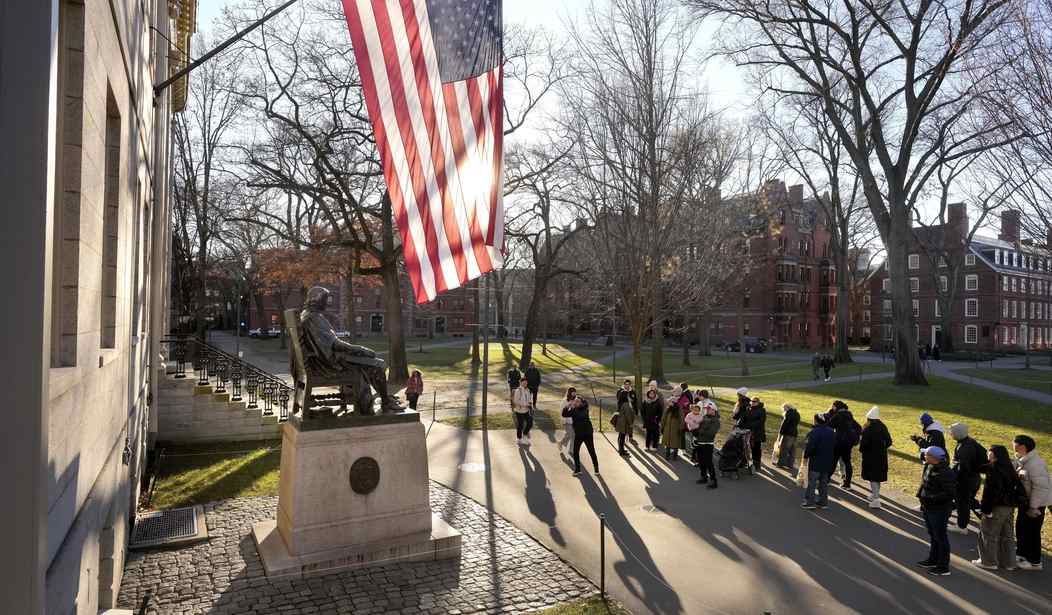

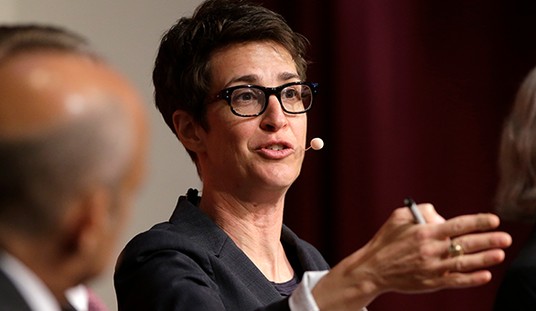
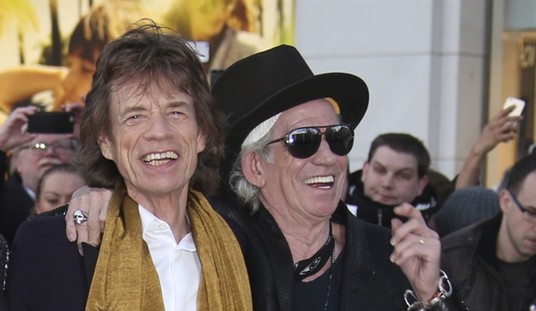
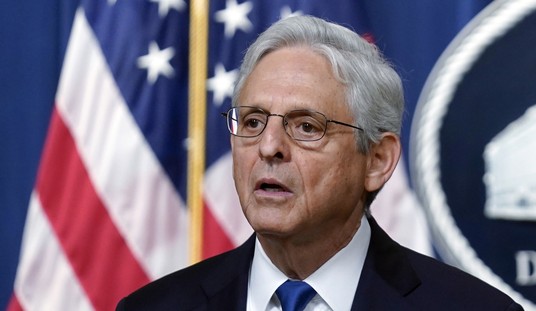

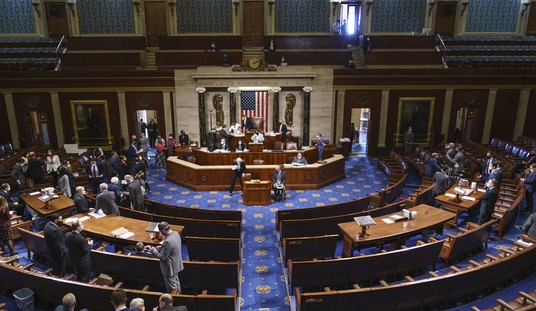
Join the conversation as a VIP Member